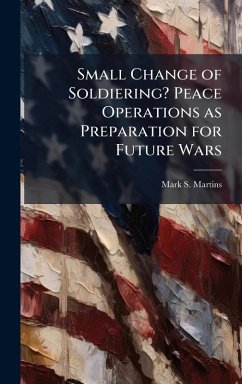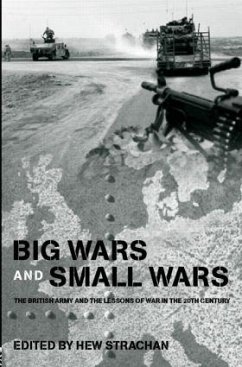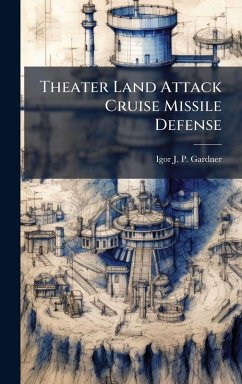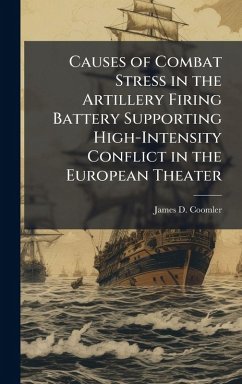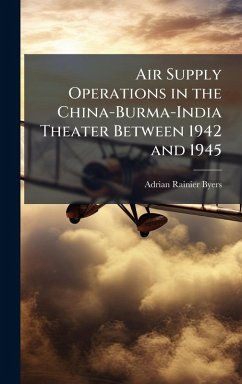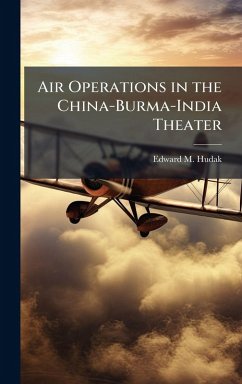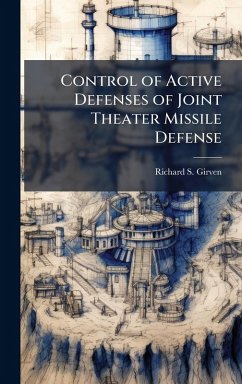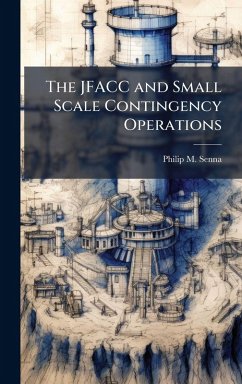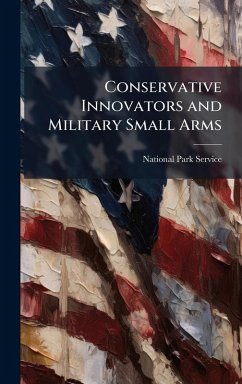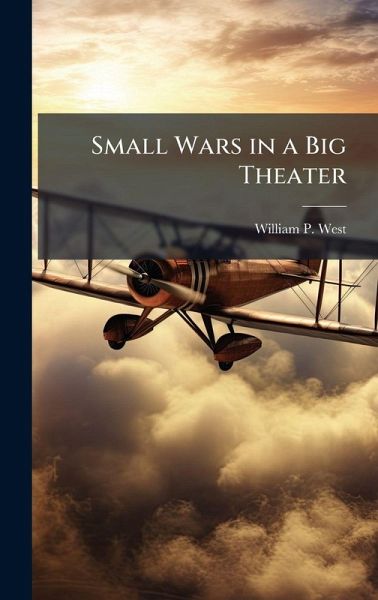
Small Wars in a Big Theater
Versandkostenfrei!
Versandfertig in über 4 Wochen
28,99 €
inkl. MwSt.
Weitere Ausgaben:

PAYBACK Punkte
14 °P sammeln!
In the fifteen years since the formation of Special Operations Command, the Special Operations Forces communities of all services have strongly emphasized the integration of their combat capabilities. However, Air Force Special Operations Forces (AFSOF) have not put this same degree of effort into integration of combat capabilities with the rest of the United States Air Force. Consequently, AFSOF are experts at the joint tactical fight but are less proficient at integrating into larger conventional air operations. The deficiency is most evident when SOF air forces must work within the command ...
In the fifteen years since the formation of Special Operations Command, the Special Operations Forces communities of all services have strongly emphasized the integration of their combat capabilities. However, Air Force Special Operations Forces (AFSOF) have not put this same degree of effort into integration of combat capabilities with the rest of the United States Air Force. Consequently, AFSOF are experts at the joint tactical fight but are less proficient at integrating into larger conventional air operations. The deficiency is most evident when SOF air forces must work within the command and control system of theater air forces. This study addresses the issue and proposes measures to enhance the coordination between Special Operations air forces and conventional air forces in theater operations. The history of this issue is examined through three case studies: the 1st Air Commando Group and Operation Thursday, The Son Tay Raid, and SOF command and control in Desert Storm. From these case studies, three main lessons stand out as applicable to the issues facing the SOF air component today: (1) SOF must integrate their operations into the larger set of theater operations; (2) SOF air assets should be centrally controlled by the theater SOF component; (3) SOF cannot plan missions in a vacuum. This work has been selected by scholars as being culturally important, and is part of the knowledge base of civilization as we know it. This work was reproduced from the original artifact, and remains as true to the original work as possible. Therefore, you will see the original copyright references, library stamps (as most of these works have been housed in our most important libraries around the world), and other notations in the work. This work is in the public domain in the United States of America, and possibly other nations. Within the United States, you may freely copy and distribute this work, as no entity (individual or corporate) has a copyright on the body of the work. As a reproduction of a historical artifact, this work may contain missing or blurred pages, poor pictures, errant marks, etc. Scholars believe, and we concur, that this work is important enough to be preserved, reproduced, and made generally available to the public. We appreciate your support of the preservation process, and thank you for being an important part of keeping this knowledge alive and relevant.



